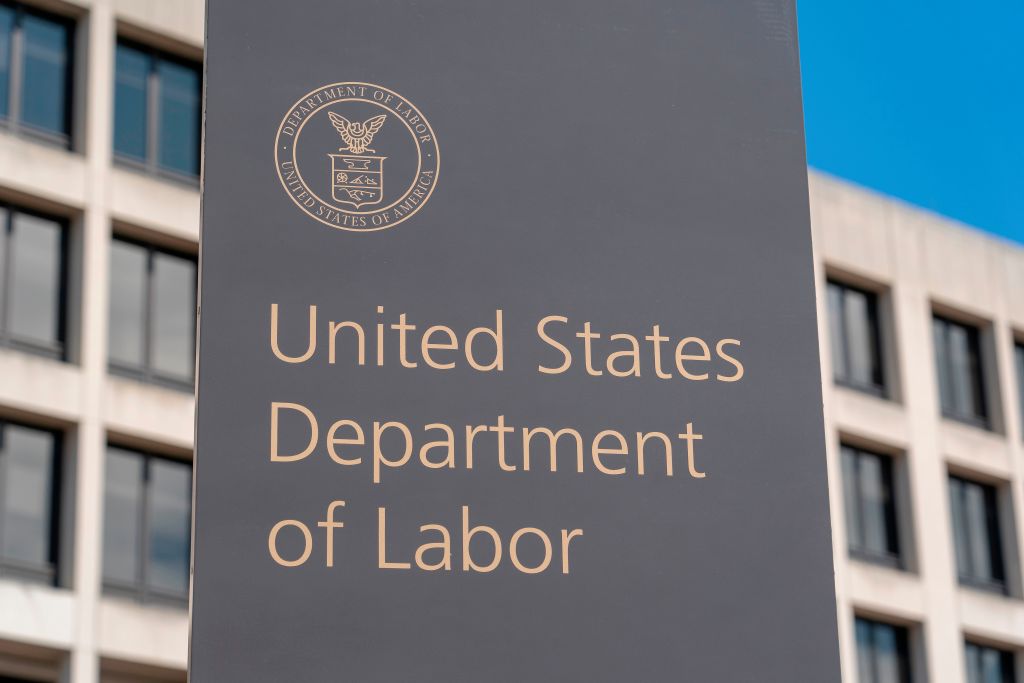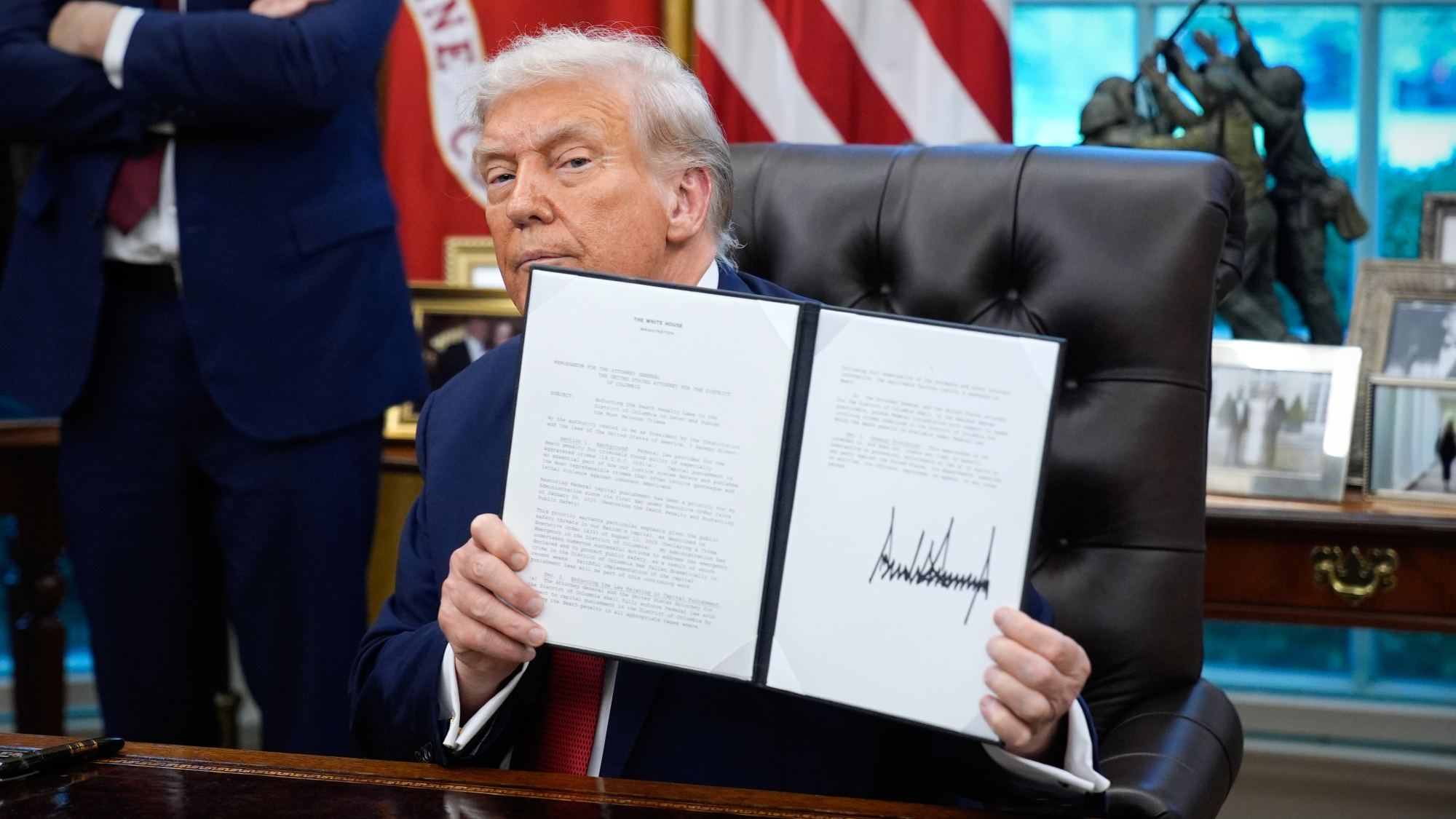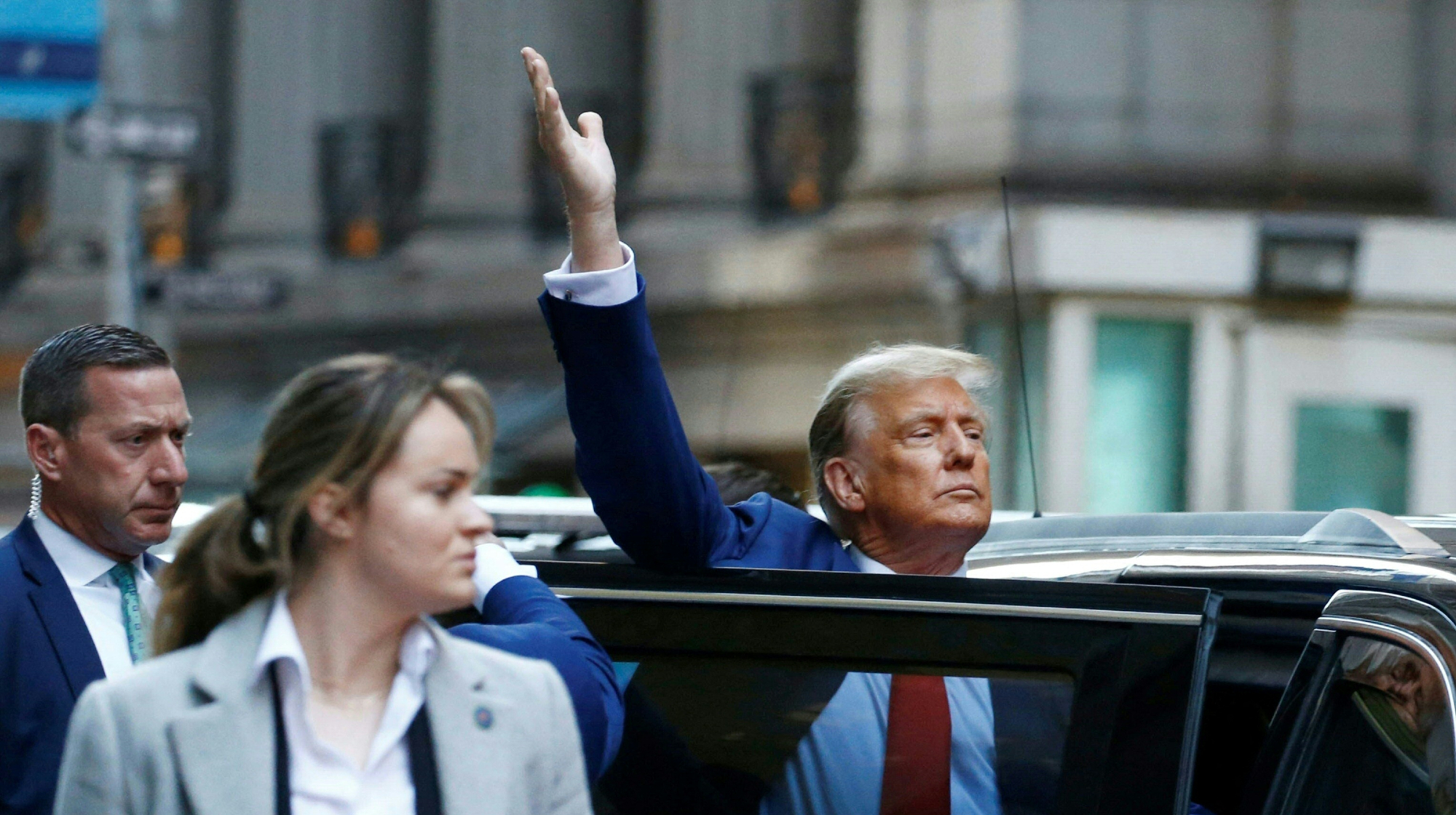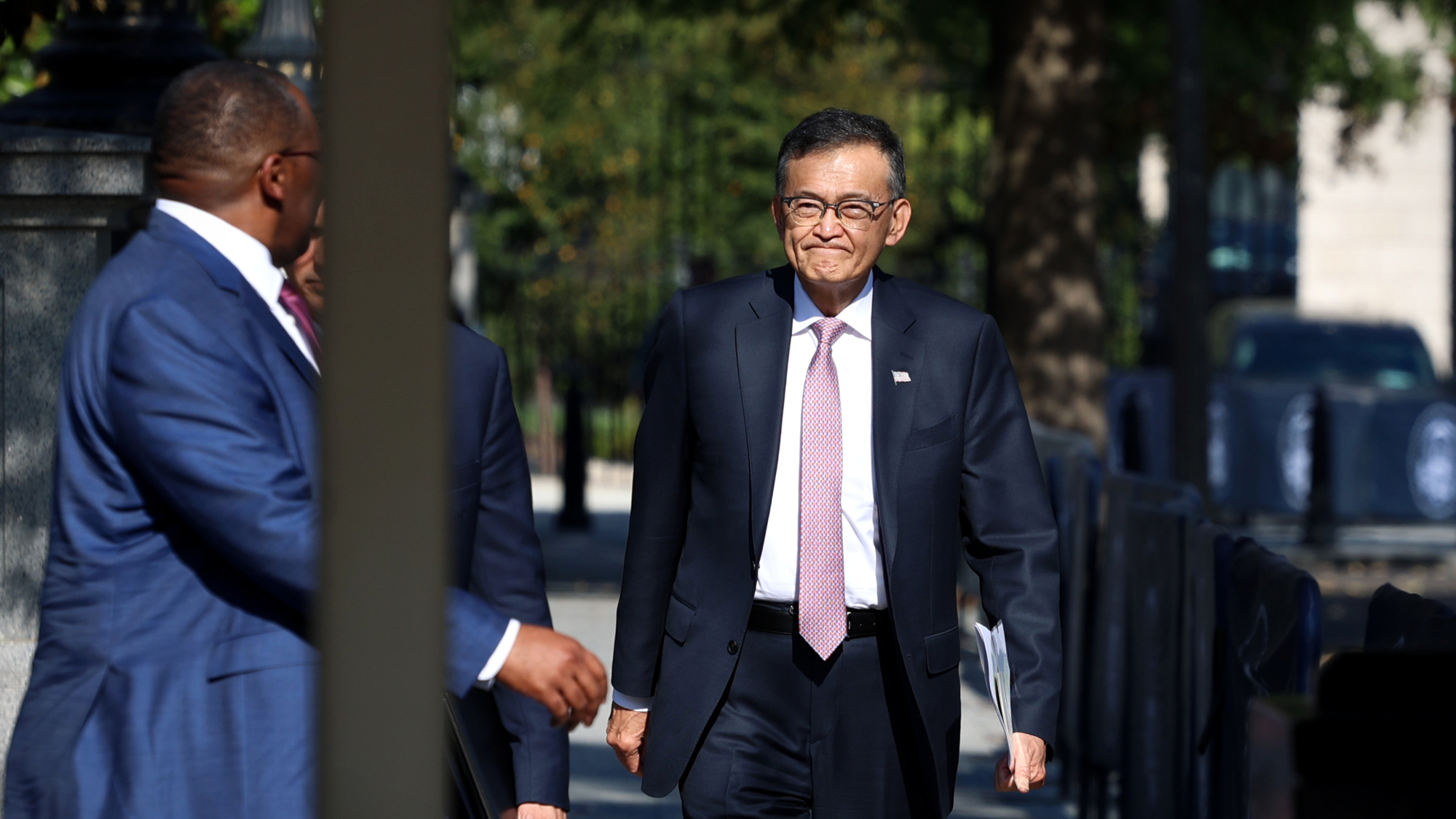Economists explain why May unemployment definitely declined despite error


The consensus among economists was that unemployment would rise in May, potentially coming in at around at 20 percent because of the coronavirus pandemic. So when the Bureau of Labor Statistics reported that a slew of job gains meant unemployment actually dropped from 14.7 percent to 13.3 percent, some people were either left scratching their heads, or, as The Washington Post reports, wondering whether the Trump administration tinkered with the data to give the White House an economic win.
But many experts, including the former top economist for former President Barack Obama, jumped in to explain why that "100 percent" isn't the case. The BLS did indeed acknowledge a "misclassification error" in the report — people who should've been classified as "temporarily unemployed" were instead classified as employed but "absent" from work. Without the mix-up, May's real unemployment figure likely would've been about 3 percentage points higher. But it turns out it's the result of dealing with challenging amounts of data, rather than book cooking.
The bureau has apparently been dealing with the issue for months, which means April's unemployment was also higher than the official figures. So much so, that it makes May's improvement more dramatic.
The Week
Escape your echo chamber. Get the facts behind the news, plus analysis from multiple perspectives.

Sign up for The Week's Free Newsletters
From our morning news briefing to a weekly Good News Newsletter, get the best of The Week delivered directly to your inbox.
From our morning news briefing to a weekly Good News Newsletter, get the best of The Week delivered directly to your inbox.
Those with a glass half-full perspective will focus on the fact that unemployment declined in May; the half-empty crowd on the fact the numbers remain historically high. The misclassification doesn't change either stance.
A free daily email with the biggest news stories of the day – and the best features from TheWeek.com
Tim is a staff writer at The Week and has contributed to Bedford and Bowery and The New York Transatlantic. He is a graduate of Occidental College and NYU's journalism school. Tim enjoys writing about baseball, Europe, and extinct megafauna. He lives in New York City.
-
 The most anticipated movies of 2026
The most anticipated movies of 2026The Week Recommends If the trailers are anything to go by, film buffs are in for a treat
-
 The biggest viral moments of 2025
The biggest viral moments of 2025In the Spotlight From the Coldplay concert kiss cam to a celebrity space mission, these are some of the craziest, and most unexpected, things to happen this year
-
 Environment breakthroughs of 2025
Environment breakthroughs of 2025In Depth Progress was made this year on carbon dioxide tracking, food waste upcycling, sodium batteries, microplastic monitoring and green concrete
-
 TikTok secures deal to remain in US
TikTok secures deal to remain in USSpeed Read ByteDance will form a US version of the popular video-sharing platform
-
 Unemployment rate ticks up amid fall job losses
Unemployment rate ticks up amid fall job lossesSpeed Read Data released by the Commerce Department indicates ‘one of the weakest American labor markets in years’
-
 US mints final penny after 232-year run
US mints final penny after 232-year runSpeed Read Production of the one-cent coin has ended
-
 Warner Bros. explores sale amid Paramount bids
Warner Bros. explores sale amid Paramount bidsSpeed Read The media giant, home to HBO and DC Studios, has received interest from multiple buying parties
-
 Gold tops $4K per ounce, signaling financial unease
Gold tops $4K per ounce, signaling financial uneaseSpeed Read Investors are worried about President Donald Trump’s trade war
-
 Electronic Arts to go private in record $55B deal
Electronic Arts to go private in record $55B dealspeed read The video game giant is behind ‘The Sims’ and ‘Madden NFL’
-
 New York court tosses Trump's $500M fraud fine
New York court tosses Trump's $500M fraud fineSpeed Read A divided appeals court threw out a hefty penalty against President Trump for fraudulently inflating his wealth
-
 Trump said to seek government stake in Intel
Trump said to seek government stake in IntelSpeed Read The president and Intel CEO Lip-Bu Tan reportedly discussed the proposal at a recent meeting
